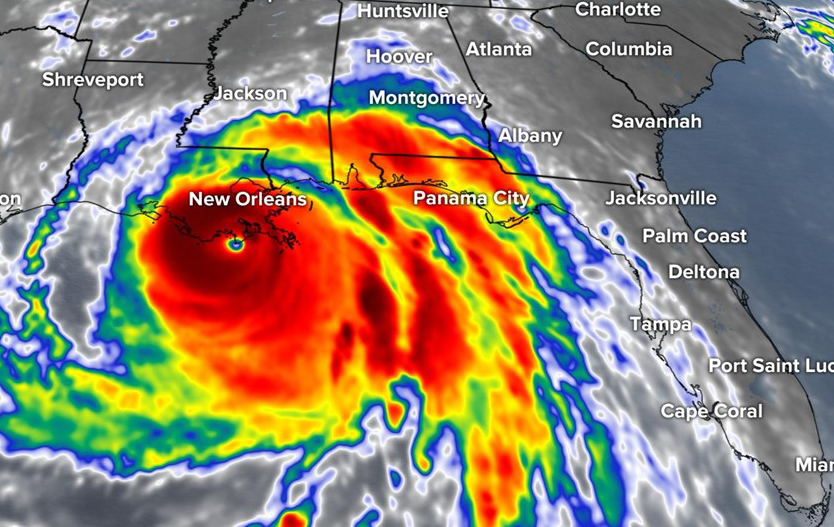What goes into a blog post? Helpful, industry-specific content that: 1) gives readers a useful takeaway, and 2) shows you’re an industry expert.
Use your company’s blog posts to opine on current industry topics, humanize your company, and show how your products and services can help people.

The Atlantic hurricane season lasts from June 1 through November 30, posing a very real risk of destruction and devastation. The threat is particularly strong in Florida, which has seen 125 recorded hurricanes since 1851. Unlike tornados and other quick-forming storms, you typically have advance warning that a hurricane is approaching. This gives you time and the opportunity to prepare properly for the storm, protect your property, and get your family to a safe location.
Knowing what to do before, during, and after a hurricane can make all the difference. Here’s what you need to know to limit the potential damage of a hurricane.
Before the Storm
You’ll also want to determine your evacuation zone and locate evacuation routes if you live on or near the coast. Map out your route and identify shelters you can easily reach when a storm hits.
In the days leading up to a storm, hurricane warnings are typically issued about 36 hours before tropical storm-force winds are anticipated to begin. This leaves at least a day and a half (on average) to prepare for the imminent impact of the storm.
Gathering Emergency Supplies
It’s a good idea to gather and store emergency supplies year-round. This can alleviate the stress of fighting crowds at local stores when a hurricane warning is issued. Of course, some supplies are perishable, so you’ll need to stock up on those in the days and hours before the storm’s arrival.
 Important emergency supplies to have on-hand include the following:
Important emergency supplies to have on-hand include the following:
• Flashlights
• Batteries
• Battery-powered or crank radio
• Bottled water – approximately one gallon per person, per day
• Whistle
• First aid kit
• Plastic sheeting or tarps
• Duct tape
• Toilet paper
• Basic hand tools, including a hammer, screwdriver, and wrench
• Manual can opener
• Medications
• Backup generator with fuel to run it, if possible
• Extra gasoline
• Sandbags
• Fire extinguisher
• Maps of your local area
• Copies of your driver’s license and other identification
• Bug spray; this can come in handy as there is often standing water after a hurricane
• Rubber boots
You’ll also want to store enough food to feed your family for several days. Consider that you’ll likely be without electricity, so it’s smart to stock up on things like granola and protein bars, peanut butter, bread, dry cereal, canned fruits, and vegetables, or canned or pouched juices. Look for healthy food that can provide high-quality energy to sustain you and your family for long periods.
If you have an infant, make sure you have shelf-stable baby food for them. Special considerations should also be made for elderly or differently abled household members.
Preparing Your Home
Whether you shelter in place or evacuate, preparing your home for the storm is important. Key steps include the following:
• Clear your yard of items that hurricane winds can pick up and throw, including bicycles, outdoor furniture, umbrellas, toys, grills, tree fruits, potted plants, and propane tanks.
• If you have a pool, turn off any power to equipment, add extra chlorine, and remove toys and floats. Do not cover your pool.
• Protect your windows by using storm shutters or nailing pieces of plywood over the glass to protect them from high-speed winds. Be careful to do this the right way! Here’s a video for more info.
• Know how to shut off power to your home in case of flooding and downed electrical wires, especially if located in a difficult-to-reach place during the storm. Make sure that the batteries in your carbon monoxide and fire monitors are working properly.
• Check your roof and replace any missing shingles or braces to minimize water damage—this should be done outside of hurricane season (Nov.-June).
• Move important documents, batteries, electronics, and similar items to water-tight storage containers or high up in your home to protect them from flooding and water damage.
The more you do beforehand, the less damage you’ll potentially have to deal with when the hurricane has passed.
